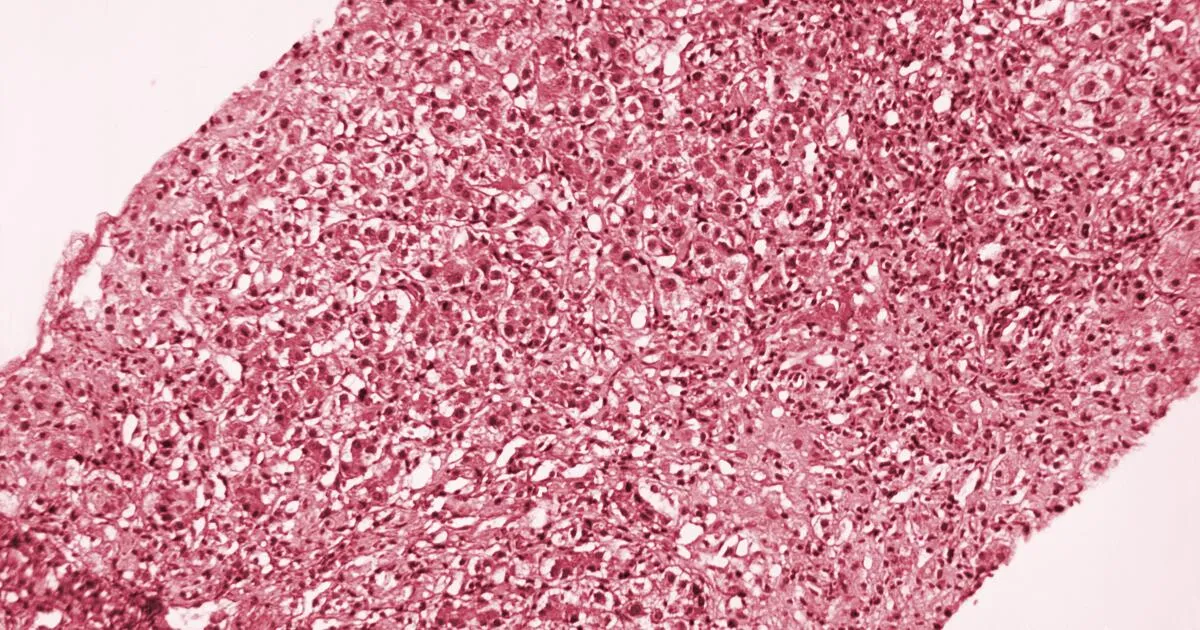
Los Angeles County has officially declared a communitywide outbreak of hepatitis A, a highly contagious viral disease that poses significant health risks, including lasting liver damage and potential death. While hepatitis A cases are not uncommon in the area, health officials are expressing heightened concern regarding the alarming rise in infections and the demographic of those affected. In 2024 alone, the county has recorded a total of 165 cases, representing a staggering threefold increase compared to the previous year. This marks the highest number of cases seen in the county in over a decade, with seven deaths attributed to the ongoing outbreak.
Traditionally, hepatitis A infections in L.A. County have been primarily identified among homeless populations, where limited access to sanitary facilities can facilitate the spread of the disease. However, this year has witnessed a shift, with most infections occurring among individuals who are neither homeless nor have recently traveled or used illicit drugs, which are common risk factors. Dr. Muntu Davis, the L.A. County health officer, emphasizes the urgent need for public health action, stating, “The ongoing increase in hepatitis A cases signals that quick action is needed to protect public health.” Vaccination against hepatitis A is strongly urged.
In the first three months of 2024, L.A. County reported 29 cases of hepatitis A, doubling the total from the same period last year. The highly contagious virus is present in the stool and blood of infected individuals and can be contracted through contaminated food and drink, sexual contact, or drug use. According to the U.S. Centers for Disease Control and Prevention (CDC), the current number of confirmed cases is likely an underreporting of the actual prevalence, as many infections go undiagnosed.
This outbreak has already surpassed the most significant hepatitis A outbreak in the past decade, which saw 87 confirmed cases in 2017. Dr. Sharon Balter, director of the Division of Communicable Disease Control and Prevention in L.A. County, suggests that the outbreak's true scale is likely greater than current statistics indicate. Notably, wastewater data has revealed concerning trends; after a decrease in viral levels late last year, officials have observed a resurgence.
Symptoms of hepatitis A can include fever, fatigue, stomach pain, nausea, jaundice (yellowing of the skin or eyes), and dark urine. The CDC reports that while most adults exhibit symptoms, about 70% of infections in children under six are asymptomatic. Although most individuals recover from the disease, complications such as liver failure and death can occur.
There is a safe and effective hepatitis A vaccine that has been recommended for children since 1996 and for all children in 2006. Dr. Prabhu Gounder, medical director of the L.A. County Department of Public Health’s viral hepatitis unit, highlights that vaccination is critical, especially for populations at higher risk, including the homeless and drug users. The vaccine is administered in a two-dose schedule, with doses spaced at least six months apart.
Despite the lack of a vaccination requirement for entry into California’s kindergartens or childcare centers, Balter notes, “This does mean that there’s a large cohort of adults who may not have been vaccinated.” The L.A. County Department of Public Health strongly encourages vaccinations for all residents who have not previously received them, particularly those at higher risk.
In addition to vaccination, maintaining proper hygiene is essential to prevent hepatitis A infection. Regular handwashing with soap and water is vital, particularly after using the restroom or before preparing food. If hand sanitizer is used, it should contain at least 60% alcohol, as lower concentrations may not effectively eliminate the virus.
As health officials work to manage this outbreak, they express concerns over potential funding cuts that may impact public health initiatives. Dr. Balter warns that reduced federal funding could hinder efforts to track and respond to hepatitis A outbreaks effectively. A recent federal budget proposal indicates significant cuts to grants aimed at enhancing epidemiological capabilities and vaccine accessibility, which could adversely affect the county's ability to mitigate the current outbreak.
In light of the escalating hepatitis A situation in Los Angeles County, prompt action and public awareness are crucial to curb the spread of this infectious disease. Health officials urge residents to get vaccinated and practice good hygiene to protect themselves and their communities.